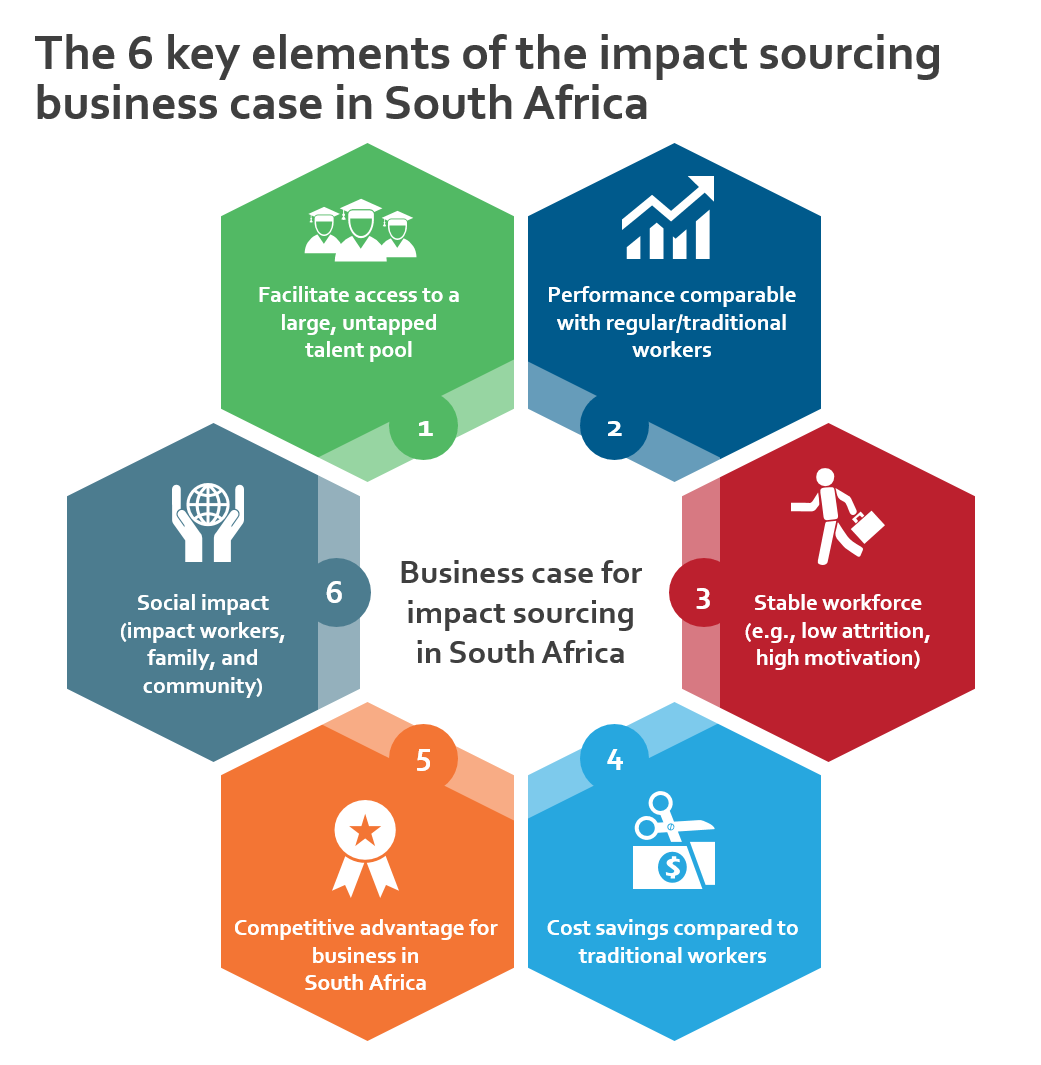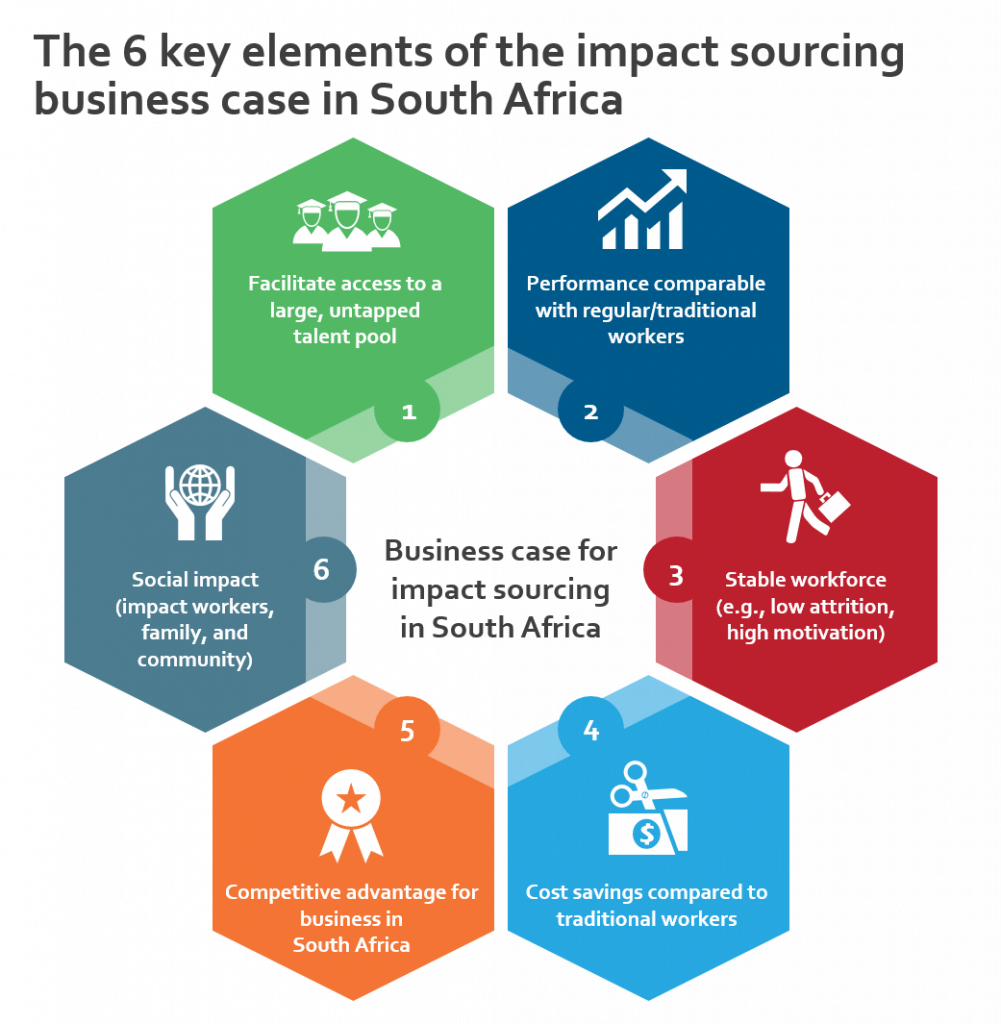Electronic Health Records IT Services in Healthcare Provider Industry PEAK Matrix™ Assessment 2016 | Market Insights™

Electronic Health Records (EHR) IT Services in Healthcare Provider Industry PEAK Matrix™ Assessment 2016

Electronic Health Records (EHR) IT Services in Healthcare Provider Industry PEAK Matrix™ Assessment 2016

Healthcare Provider IT Services PEAK Matrix™ Assessment 2016

IT Outsourcing in Insurance PEAK Matrix™ Assessment 2016
The RPA technology landscape is rapidly evolving but nothing highlights the changes more than assessing leading software products side by side and comparing the results to the previous year. That is exactly what we have been doing at Everest Group over the past few months, as part of the research for the latest RPA Virtual Worker Technology Assessment FIT MatrixTM report.
We have collected detailed information from 10 leading RPA vendors, including their product features, deployment options, go-to-market strategies, global partnerships, and market presence. We have interviewed them and their clients, as well as had their products demonstrated to us in a standardized way to compare and contrast them.
Our latest findings will be published in full in December, including updated detailed profiles of each of the technology vendors that took part in the report. In the meantime, our interim findings paint an interesting picture of:
Increasing depth and richness of functionality
There is no doubt that the vendors are learning from each other and from our last report (Service Delivery Automation (SDA) – The Story Beyond Marketing Messages and an Assessment of SDA Tools) to enhance their product features. Examples of the latest batch of enhancements include but are not limited to:
The AI in the Robot
Another point to note is the use of different grades of Artificial Intelligence (AI) by robotic automation vendors for different purposes. For example, Kryon Systems’ Leo has visual integration powered by intelligent techniques and advanced pattern matching algorithms.
Automation Anywhere is leveraging machine learning and natural language processing features for handling unstructured data, consequently expanding the range of processes that it can automate.
More deployment and pricing options
More vendors have made their software available on the cloud and on more public clouds, for example, on Azure and AWS.
There are also more deployment options such as Automation-as-a-Service offered in a variety of flavours from automating tasks to processes end-to-end.
We are also seeing more and more usage and utility-based pricing options. Kofax, for example, has come up with a server licensing model for Kapow RPA based on usage levels that allows organizations to start small and control the number of robots that can be executed simultaneously.
Accelerated RPA
Another development is the emergence of function-focused or knowledge-based automation that accelerates automation. This type of accelerated RPA comes with the knowledge of the process that is being automated.
At the entry level end of the spectrum to this group are vendors that provide libraries of re-usable industry-based automations, for example, for the financial services sector.
At the more sophisticated end of the spectrum is Redwood Software that offers automation of the whole financial close process as well as other back-office functions. The software comes with the knowledge of the process and the underlying ERP system in an existing function-based process model that can be customized for clients. The focus is on the process (not the user) to directly automate all the ERP-based steps, and that, within the typical end-to-end process, e.g. the financial close.
This is certainly a dynamic and evolving market. Keep up with us to keep up with it.
Look out for our full report and vendor profiles to be published in the coming weeks.
Current and next generation automation – including RPA, cognitive technologies and artificial intelligence – is possibly the single most impactful make or break drive the global services industry has ever experienced. While automation has been an underpinning of service delivery for ages, its far reaching potential, thanks to advanced technologies, awe-inspiring processing power, and less expensive infrastructure, has reached a mind-boggling fever pitch.
Read more in Practice Director Yugal Joshi’s global services automation article

To what extent is the political environment in the Philippines concerning for your organization’s global locations strategy there?

South Africa’s impact sourcing ecosystem is supported by buyers, BPO service providers, government and industry associations, and training academies.

The 6 key elements of the impact sourcing business case in South Africa
Earlier this year, Everest Group and The Rockefeller Foundation partnered on research in support of the Foundation’s Digital Jobs in Africa (DJA) initiative, the goal for which is to demonstrate the value of impact sourcing and promote its adoption in South Africa and beyond.
Impact sourcing is a business process service delivery model that provides employment opportunities to previously unemployed individuals who have not been meaningfully engaged in the formal economy. Generally, the individuals who are employed via impact sourcing belong to economically and/or socially disadvantaged backgrounds, or are differently-abled.
An overview of the impact sourcing market in South Africa in 2016
50 to 55 percent of the ~ 235,000 FTEs in the South Africa BPO market qualify as impact workers. This high share is because there is no, or limited, difference in the profile of impact and traditional workers hired in normal course of operations, meaning that although companies hire impact workers, they do not claim it to be impact sourcing.
Value proposition of impact sourcing in South Africa
As part of the 2016 engagement with The Rockefeller Foundation, our detailed business case included identification of six key elements to the impact sourcing value proposition in South Africa:

During our research, companies indicated that impact workers, especially those who have gone through training programs, exhibit better behavioral characteristics. These include higher adherence to timetable, lower absenteeism, higher motivation level, and lower attrition. In fact, as it relates to workforce stability, which is a critical component of the value proposition, the companies indicated almost 50 percent lower attrition among impact workers as compared to traditional workers.
Impact sourcing ecosystem in South Africa
A unique feature about impact sourcing in South Africa is the presence of a robust ecosystem comprised of BPO service providers, buyers, training academies, and government/industry associations. The presence of impact sourcing-focused training academies is a key element of this ecosystem.
These academies, such as Careerbox, Harambee, and Maharishi Institute, help buyers and service providers identify, screen, and train entry-level candidates through job readiness training or learnership programs. The thrust of these programs is on intentional talent development to ensure impact workers are employment ready. These programs include training on technical skills (e.g., computer literacy and language) and soft skills (e.g., adapting to a corporate environment, dealing with stress, and the benefits of stable employment).
In fact, providers including Aegis, CCI, and WNS have established their own in-house learnership programs as part of their intentional focus on impact sourcing.
What has changed since 2014?
Since our last study in 2014, there have been some significant positive developments in the impact sourcing market landscape in South Africa.
Perhaps the most important is the higher level of maturity exhibited by companies in understanding the benefits and challenges associated with impact sourcing, thereby, enhancing intentional adoption. Moreover, there has been a shift in the value proposition toward “accessing relevant talent” rather than just “cost savings.” In the past, companies had expressed concerns related to higher upfront training and the administration cost of impact sourcing programs. But our research established that the total cost of ownership (TCO) for impact sourcing is 3-10 percent lower than that of traditional sourcing. Finally, companies are increasingly adopting impact sourcing for the many different types of value it provides. For example, significantly lower attrition among impact workers not only contributes to improvement of the work culture of the organization, but also translates into better service delivery.
Outlook
As there is an intrinsic link between adoption of impact sourcing in South Africa and the expansion of the BPO market in the country, there are understandably concerns around security risks, the impact of automation technologies, etc. Nevertheless, our study shows that the desire to intentionally adopt impact sourcing in the country has increased, and that the model is expected to grow, albeit gradually.
For more details on impact sourcing see our additional insight infographic.

©2023 Everest Global, Inc. Privacy Notice Terms of Use Do Not Sell My Information
"*" indicates required fields